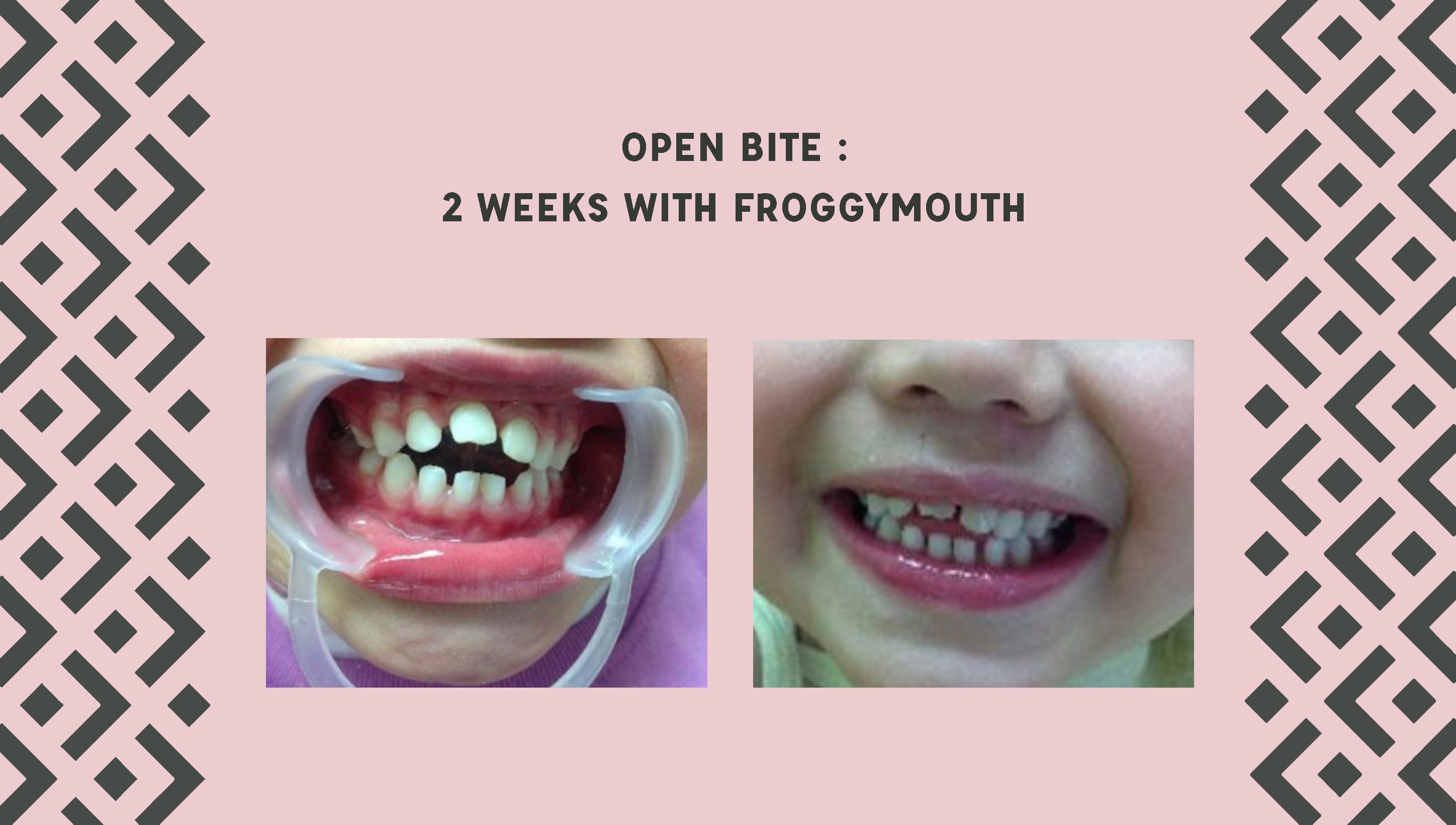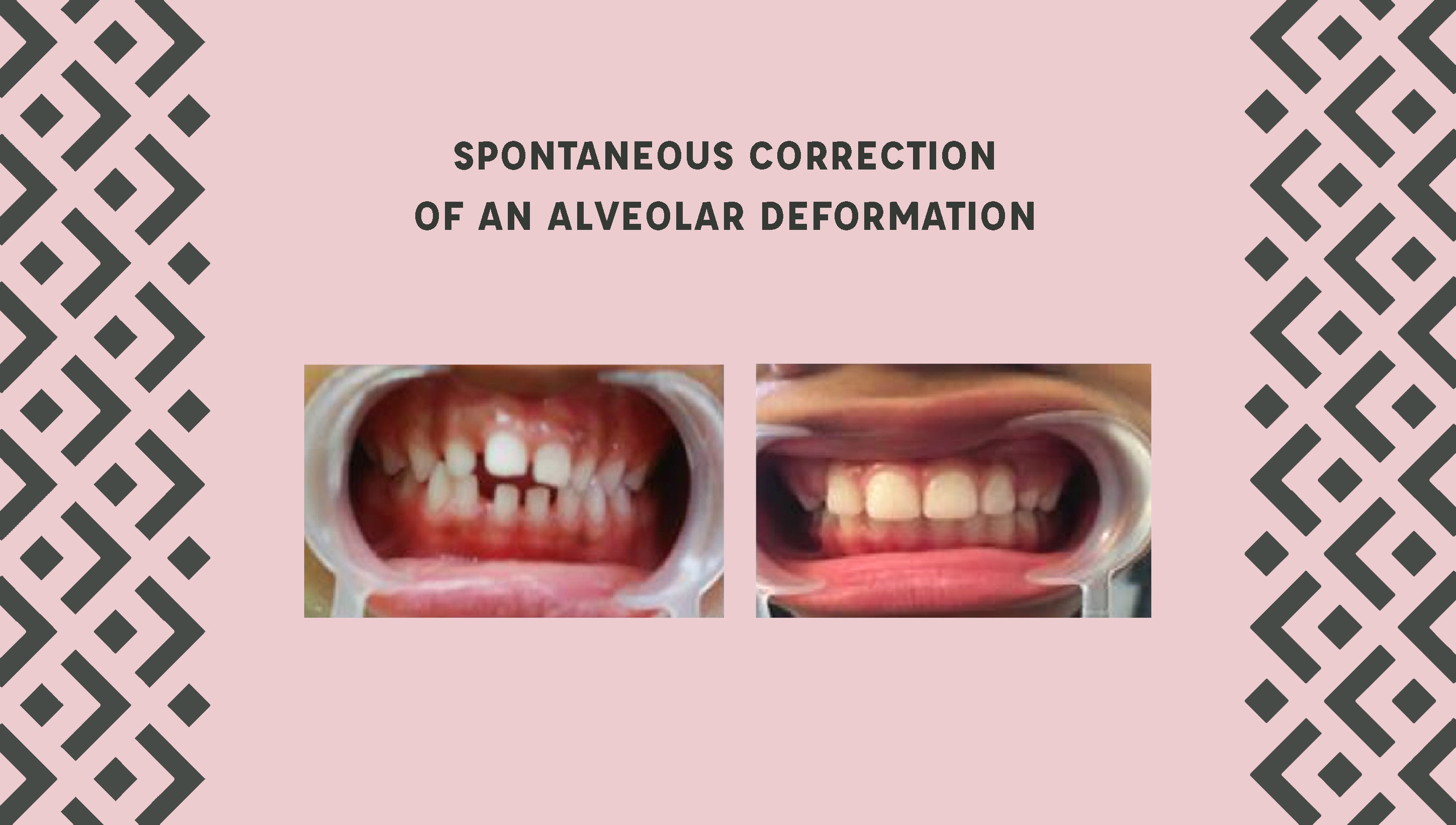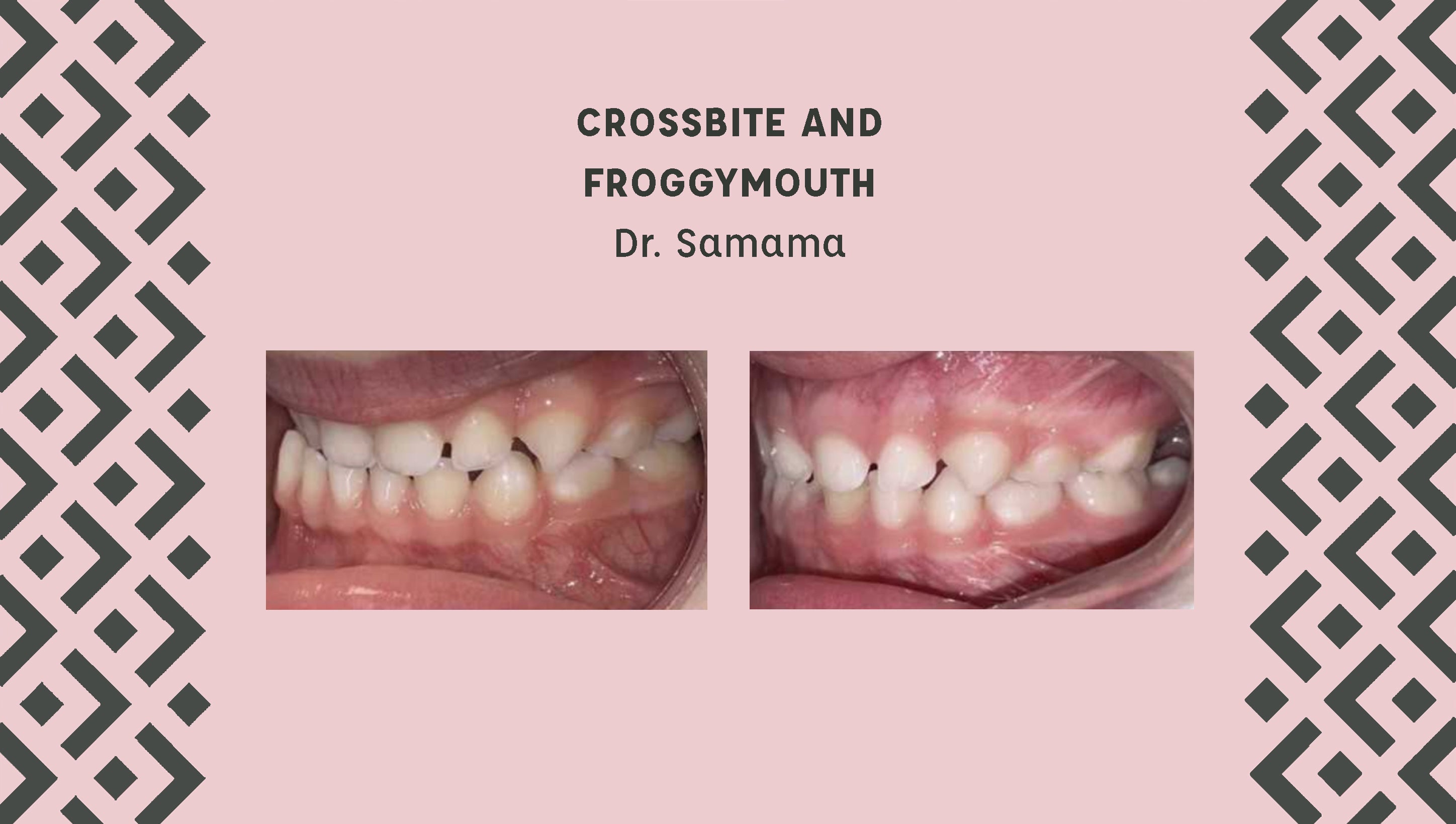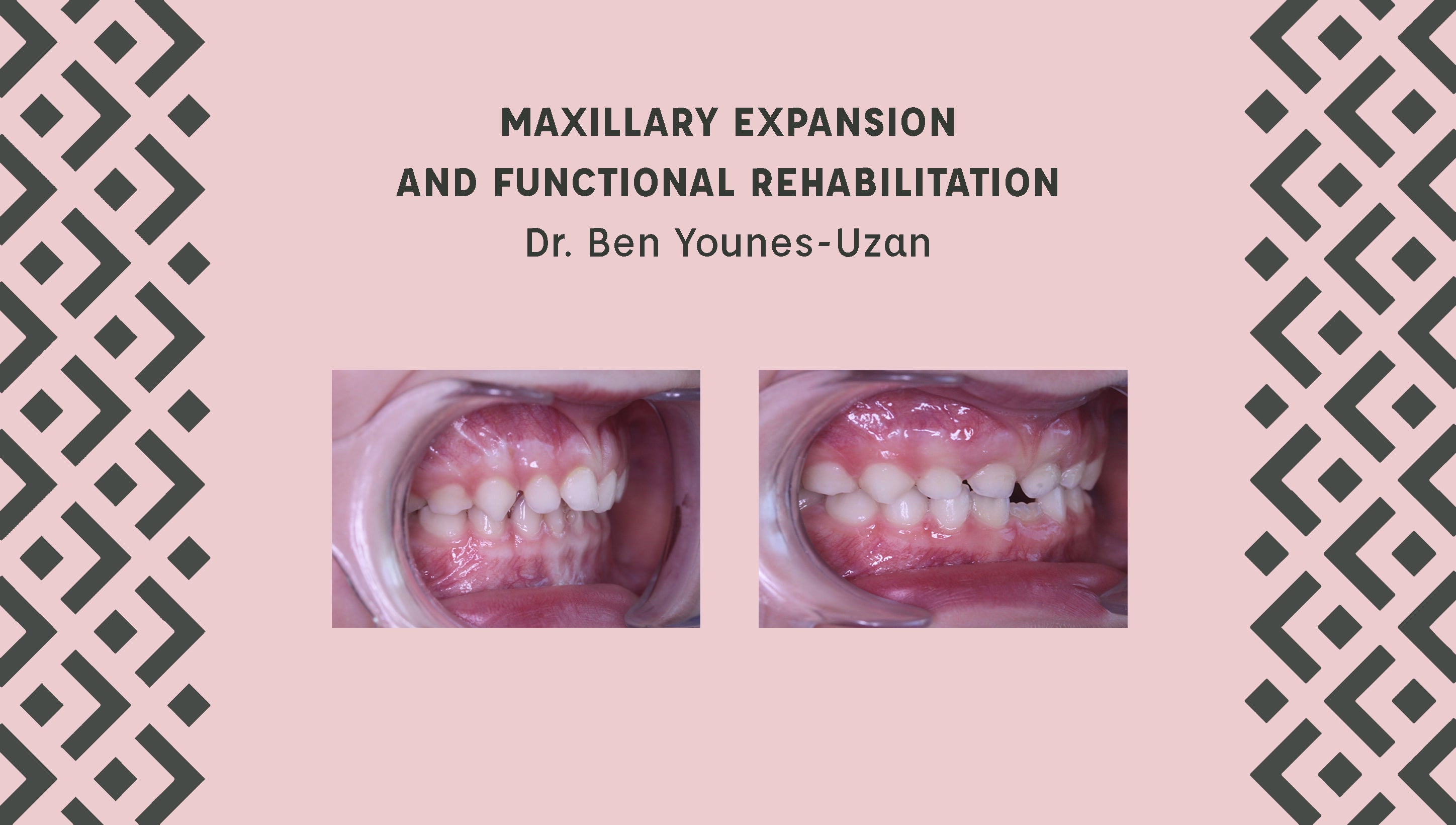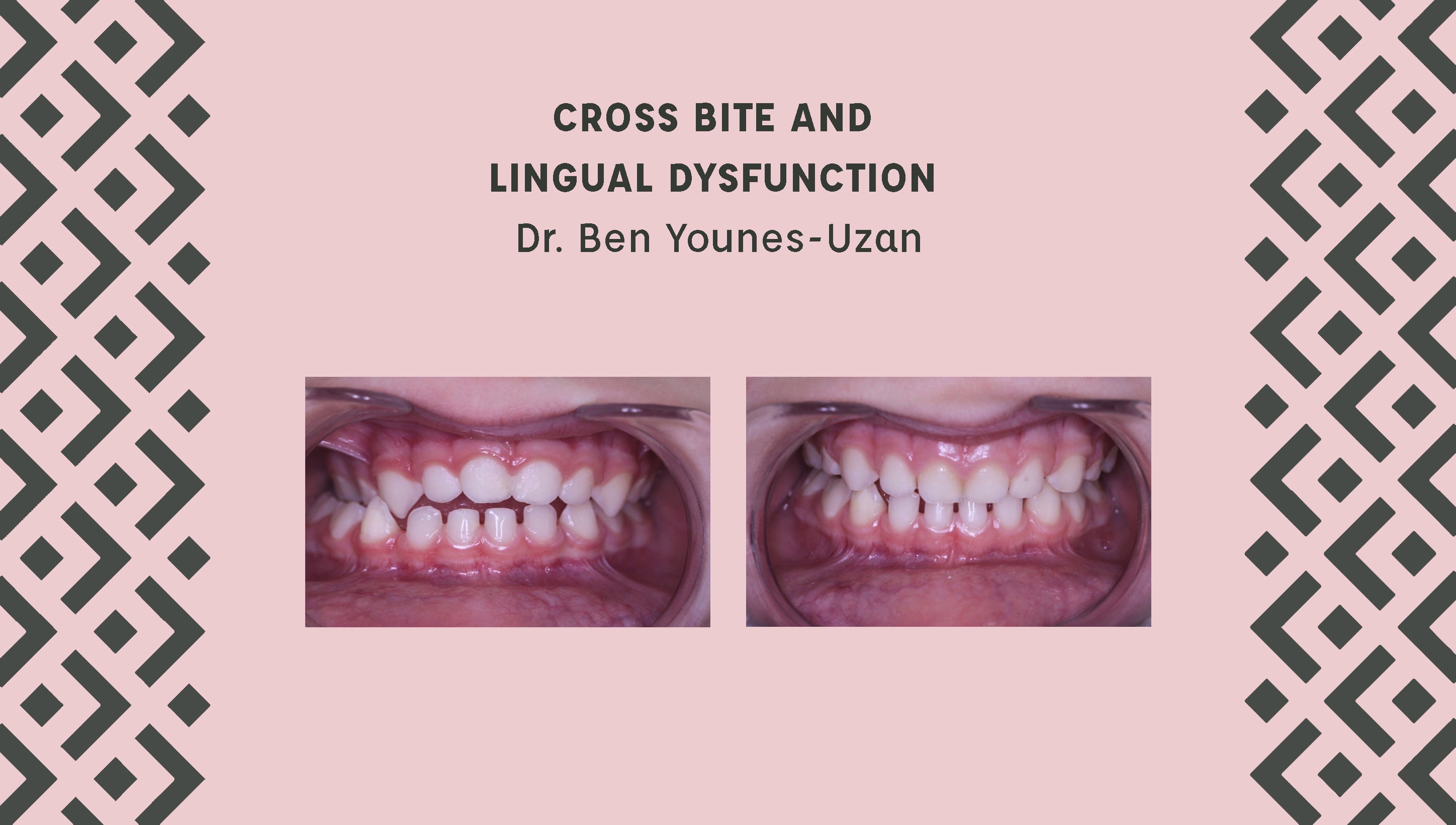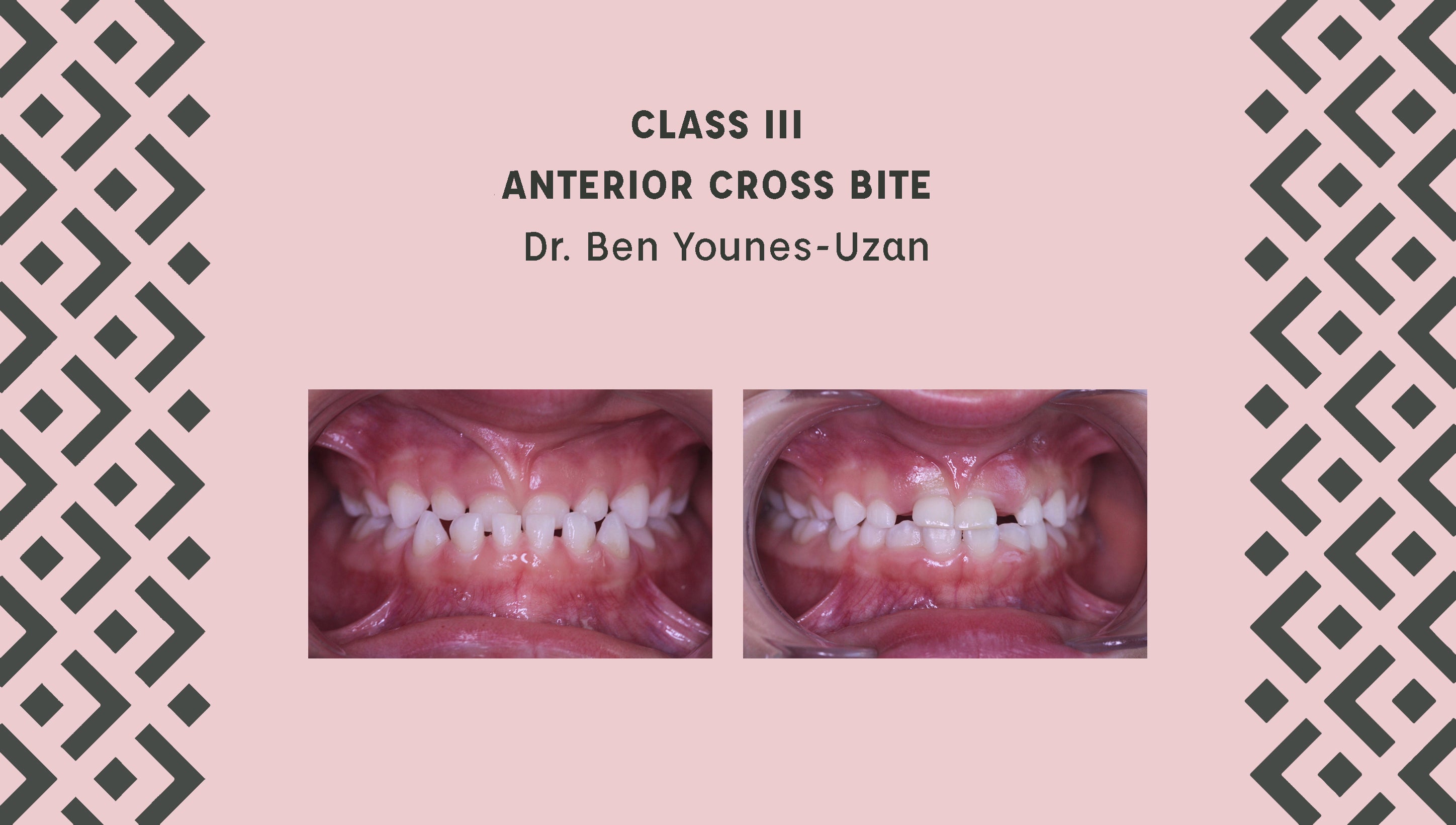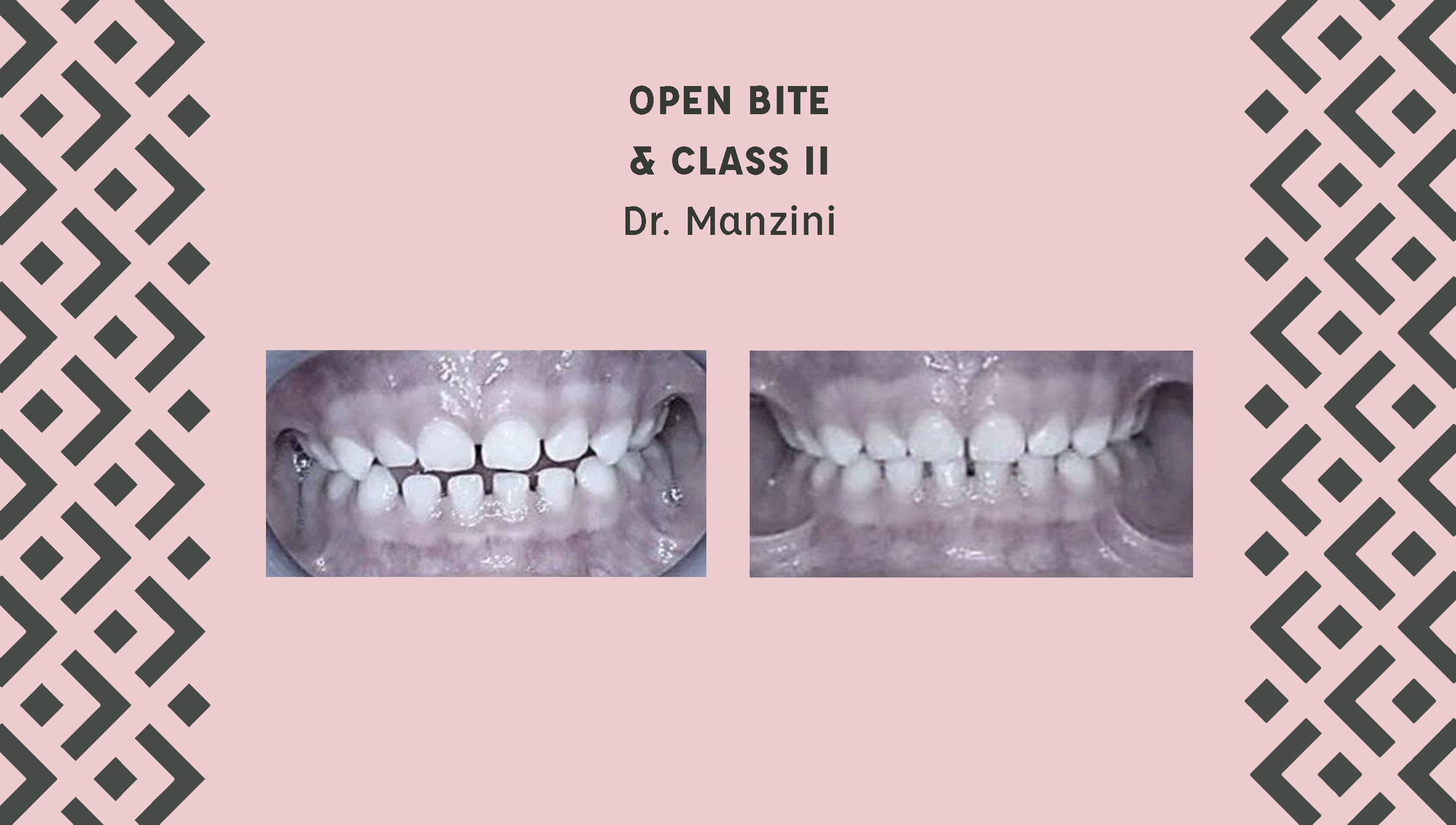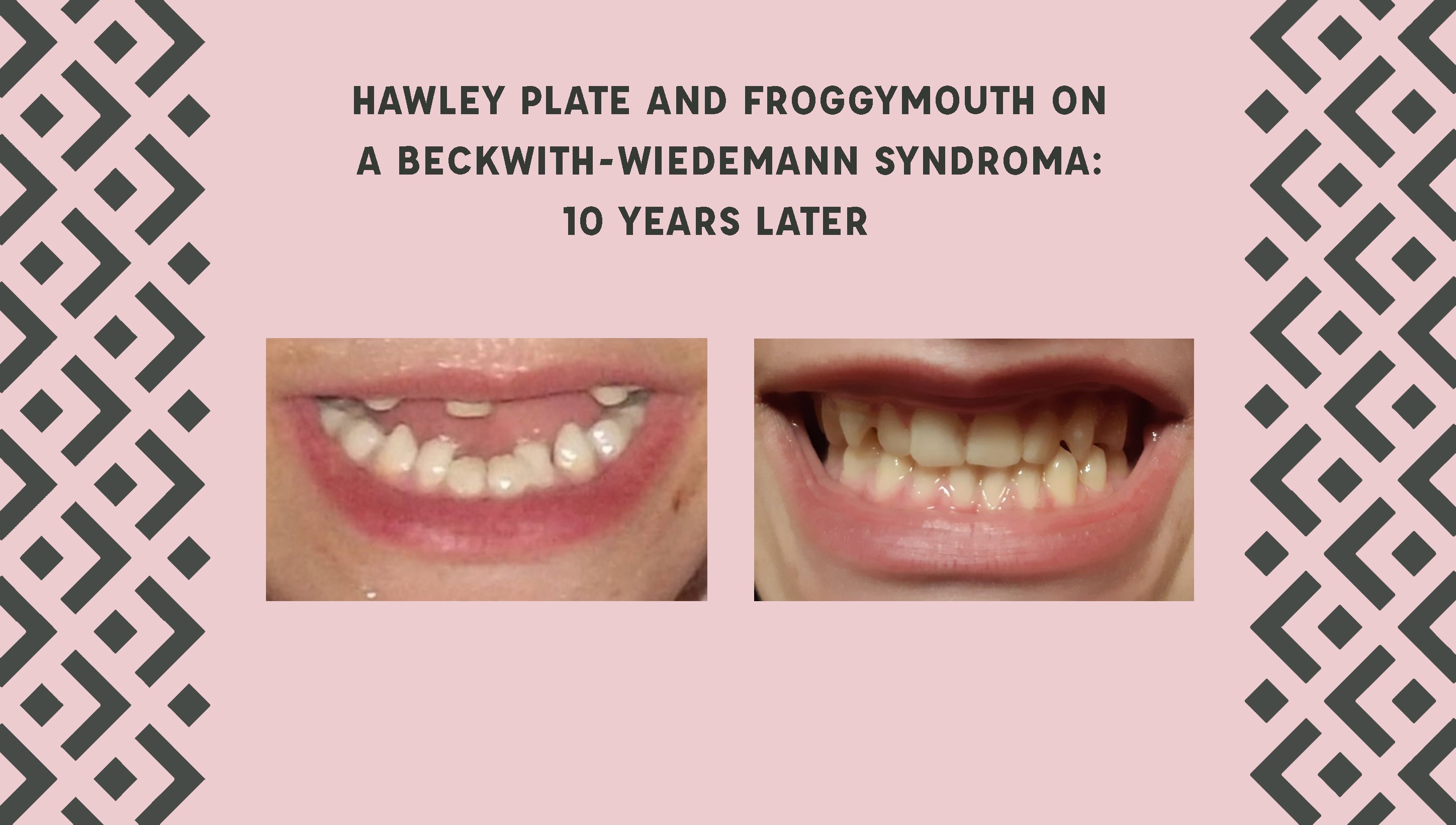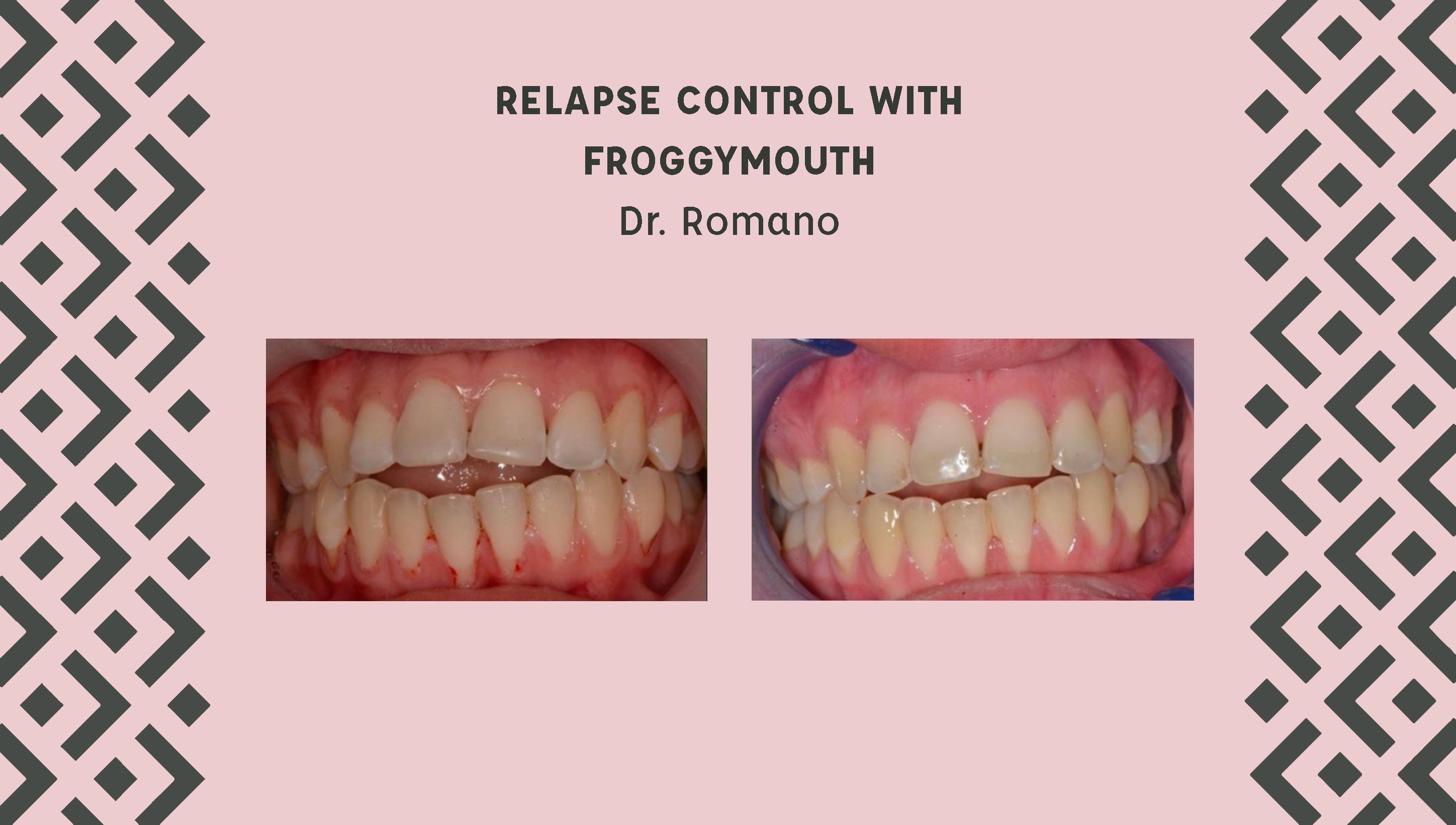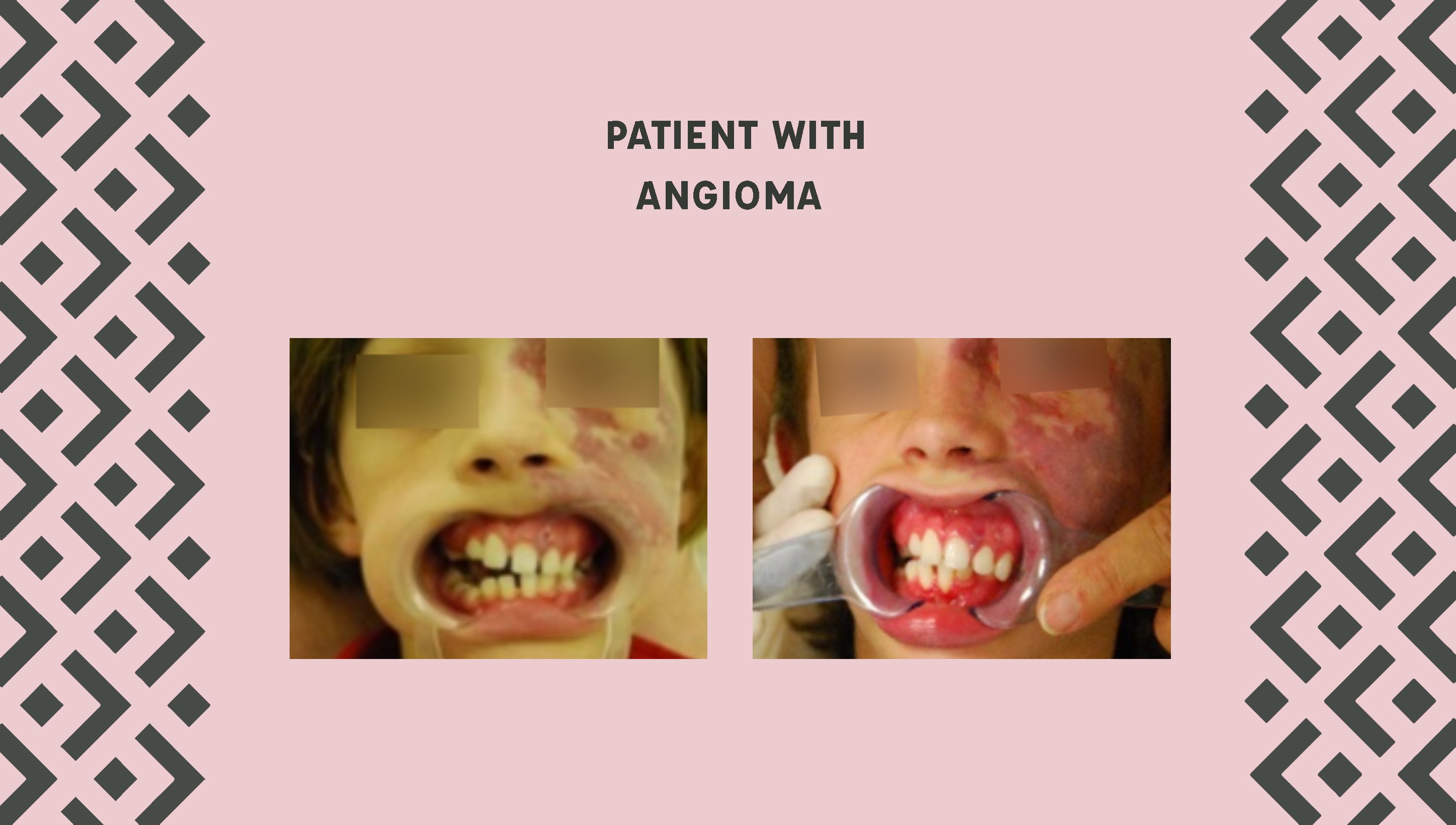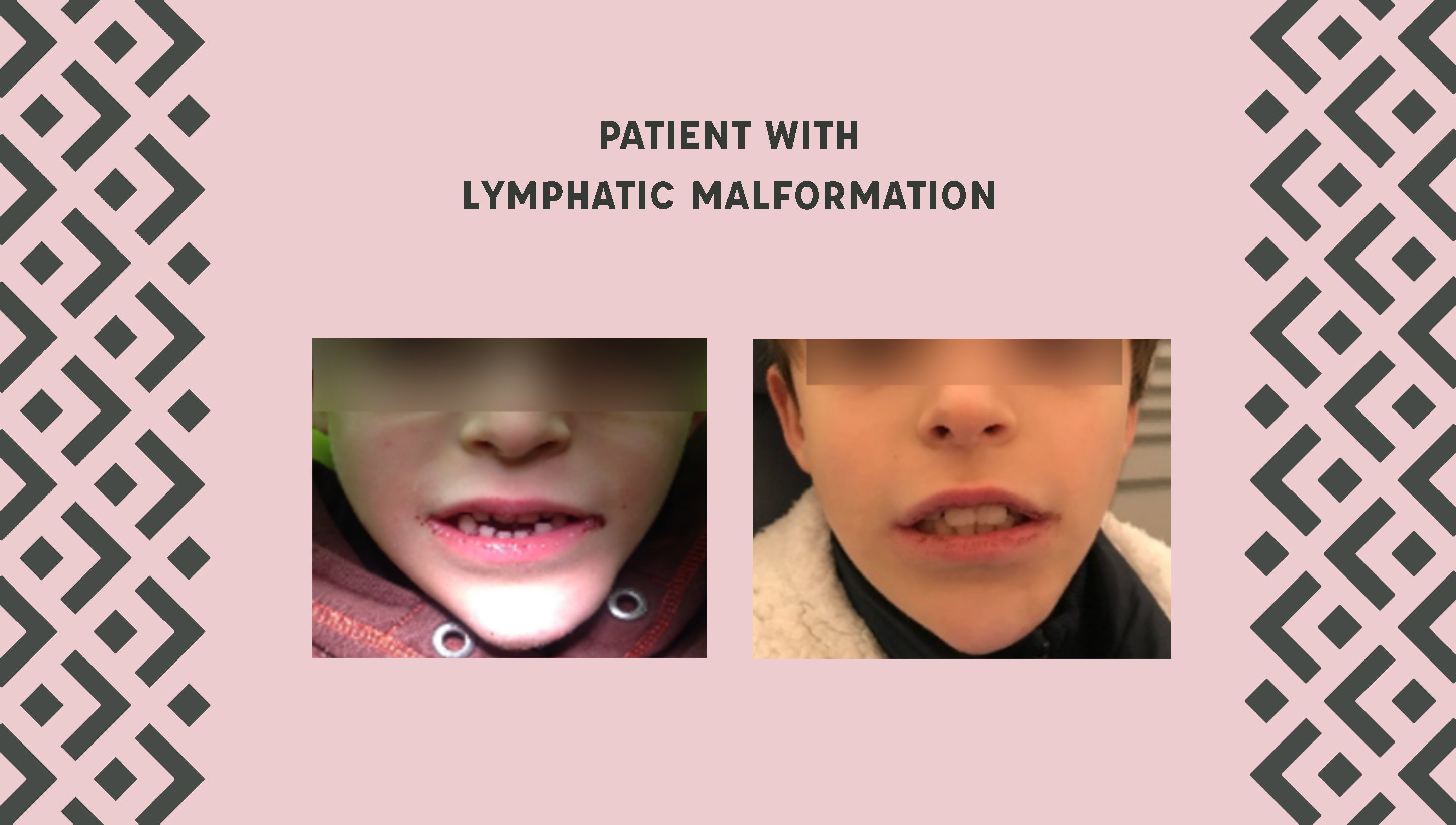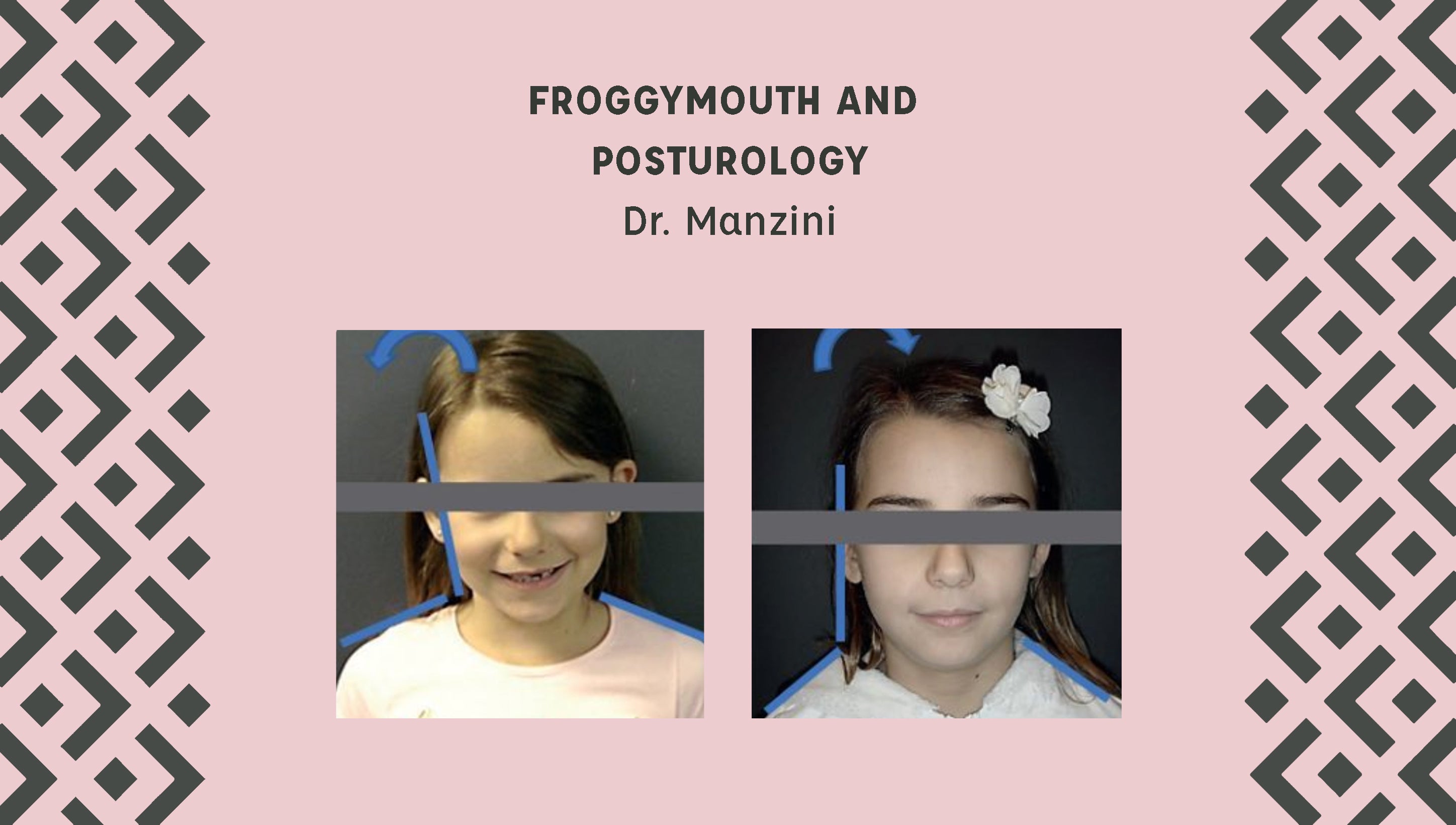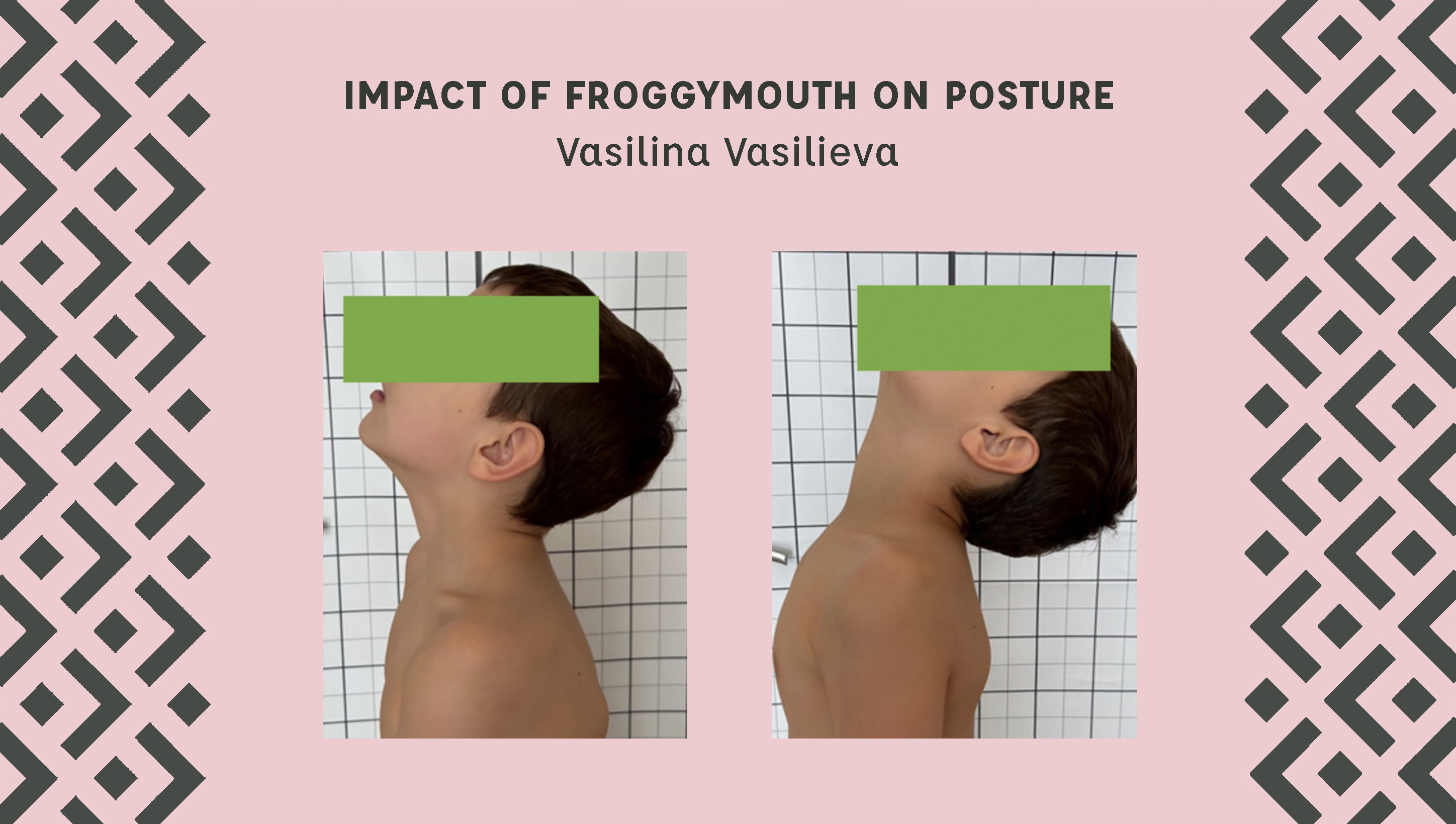

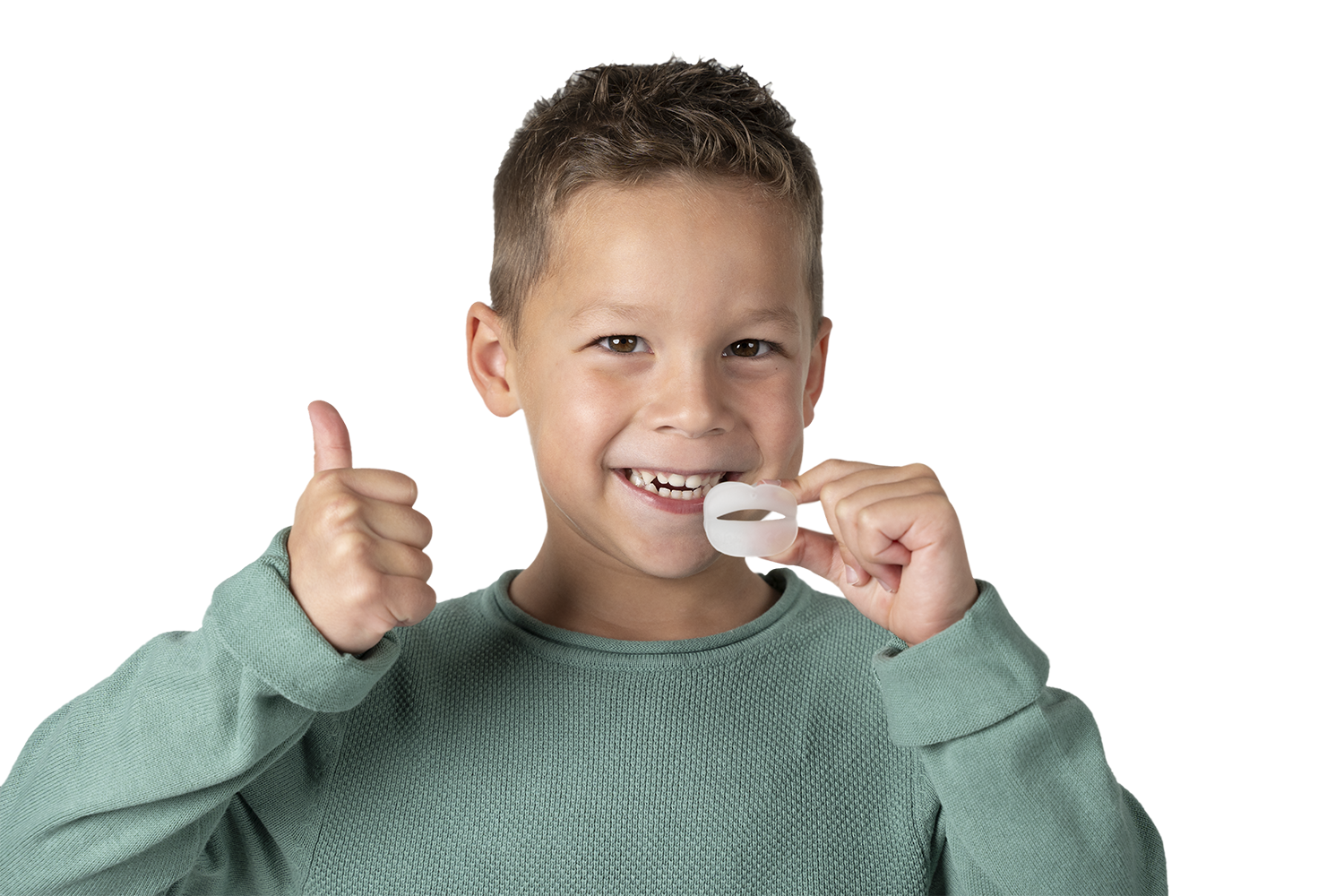
SCIENTIFIC RESULTS
Clinical Cases
Publication and literature
MAGNETIC RESONANCE IMAGING
Introduction to the Froggymouth Concept
×
Pediatric Orthodontics
×
Cases of Additional Indications
×
Reflections
×
Archives
×
Functional MRI on a 35-year-old patient

 This functional MRI was carried out by Dr. Pans at the CHU of Liège on a 35-year-old patient. It highlights the sensorimotor areas of secondary swallowing and the automation of praxis within 1 month.
This functional MRI was carried out by Dr. Pans at the CHU of Liège on a 35-year-old patient. It highlights the sensorimotor areas of secondary swallowing and the automation of praxis within 1 month.
Functional MRI on a 6-year-old patient
 This functional MRI was performed on a 6-year-old child by Dr. Gaillard at the Necker Hospital in Paris. It shows the stimulation of the area controlling secondary swallowing from the first use of the Froggymouth.
This functional MRI was performed on a 6-year-old child by Dr. Gaillard at the Necker Hospital in Paris. It shows the stimulation of the area controlling secondary swallowing from the first use of the Froggymouth.

